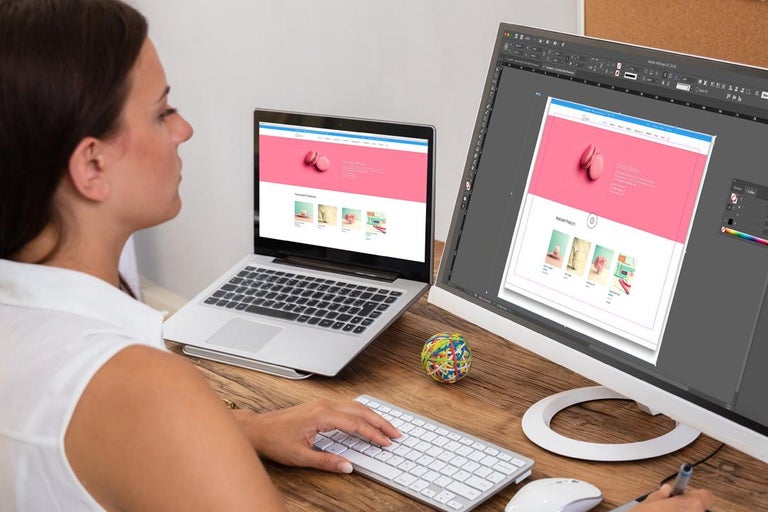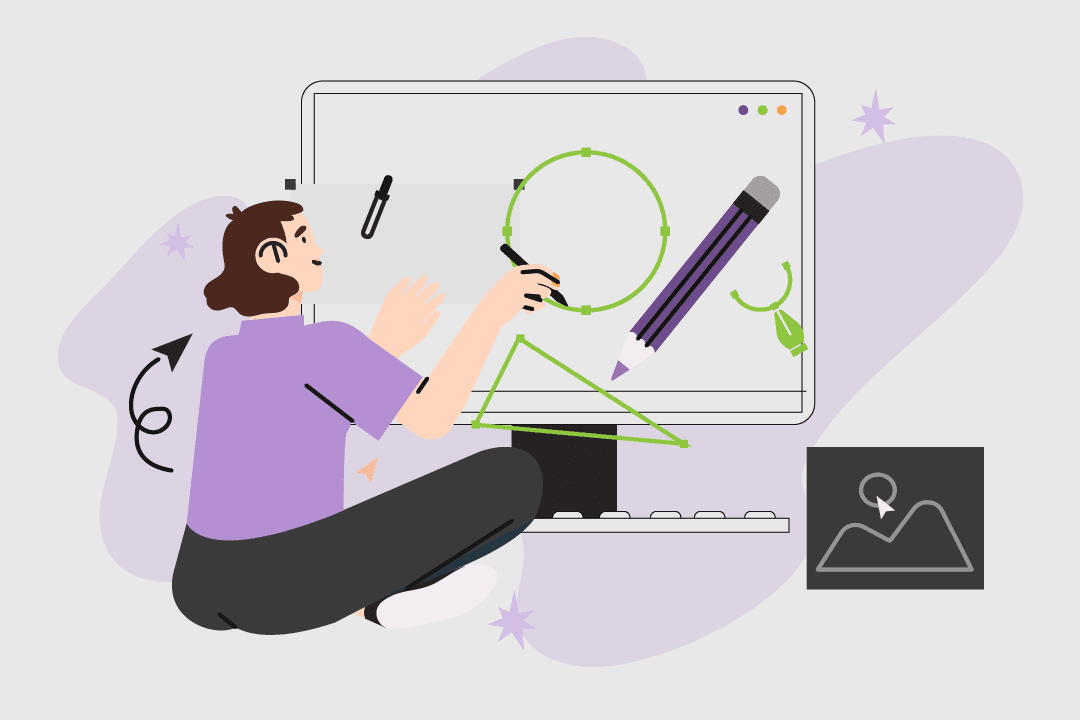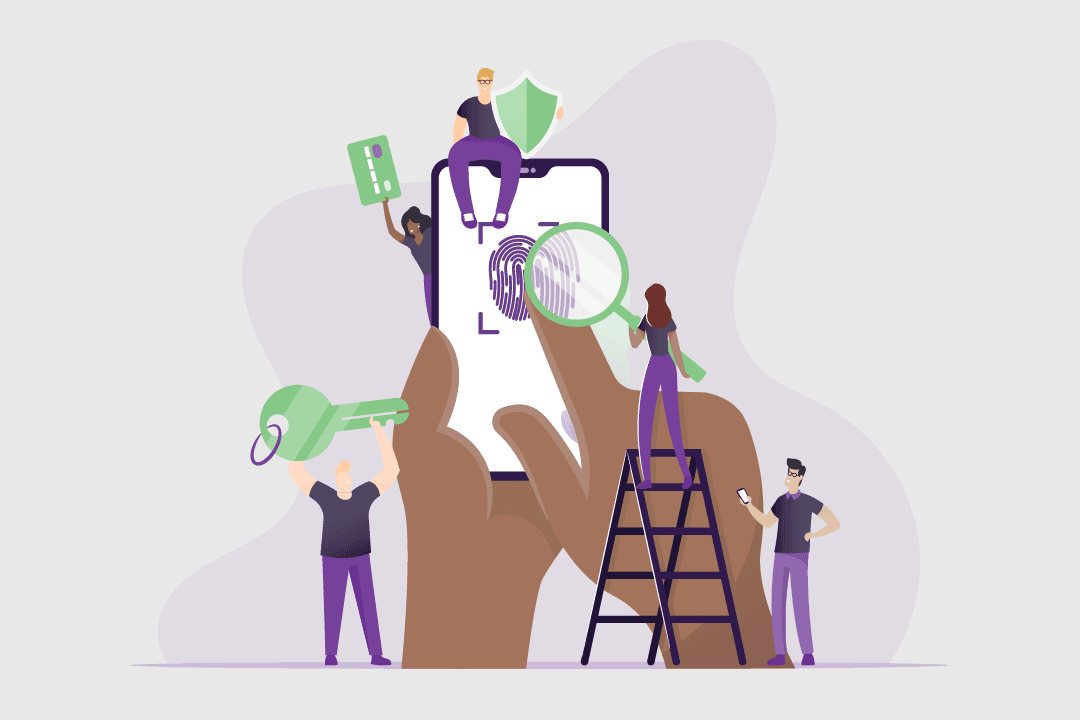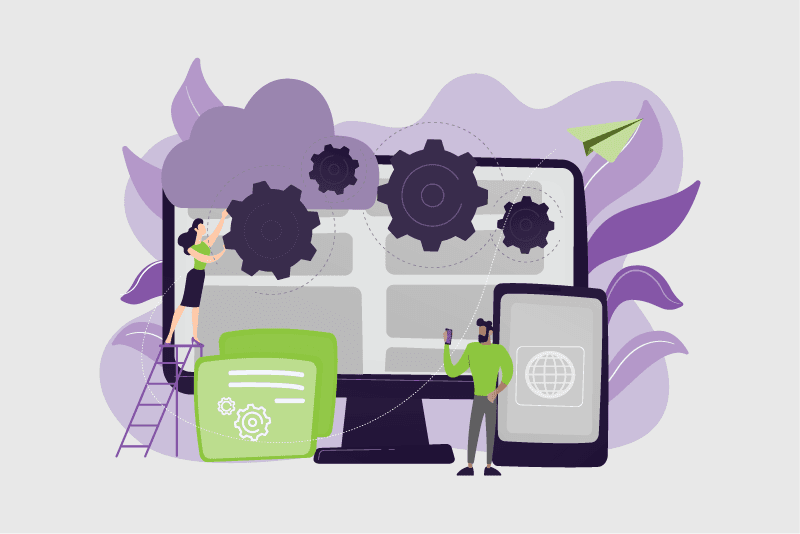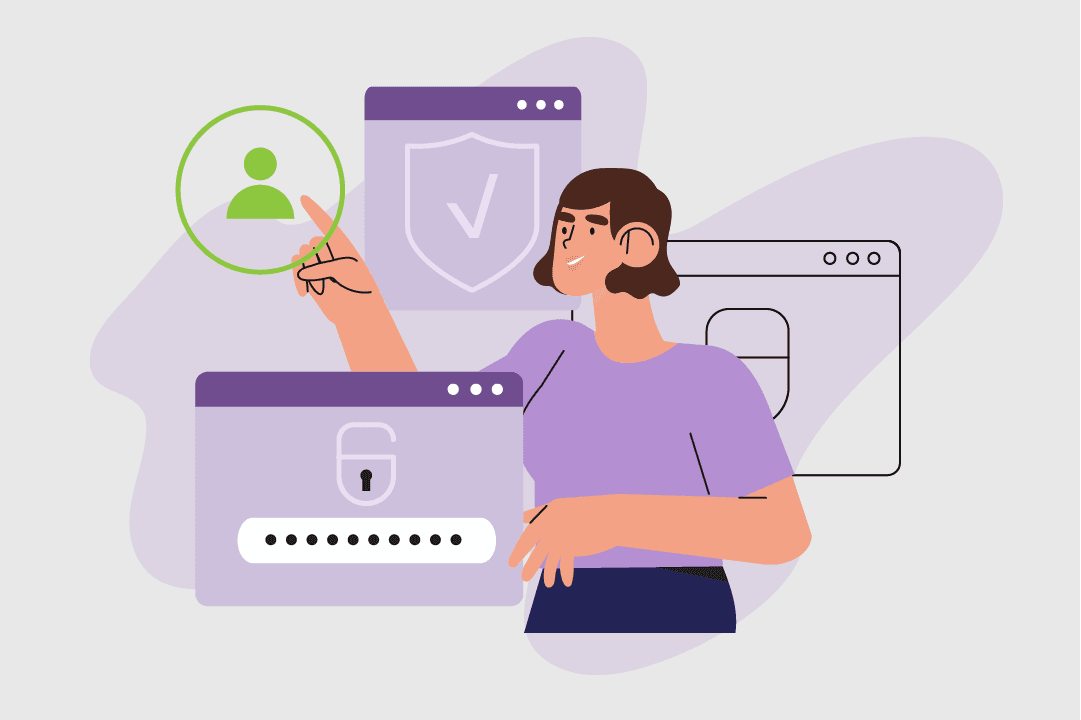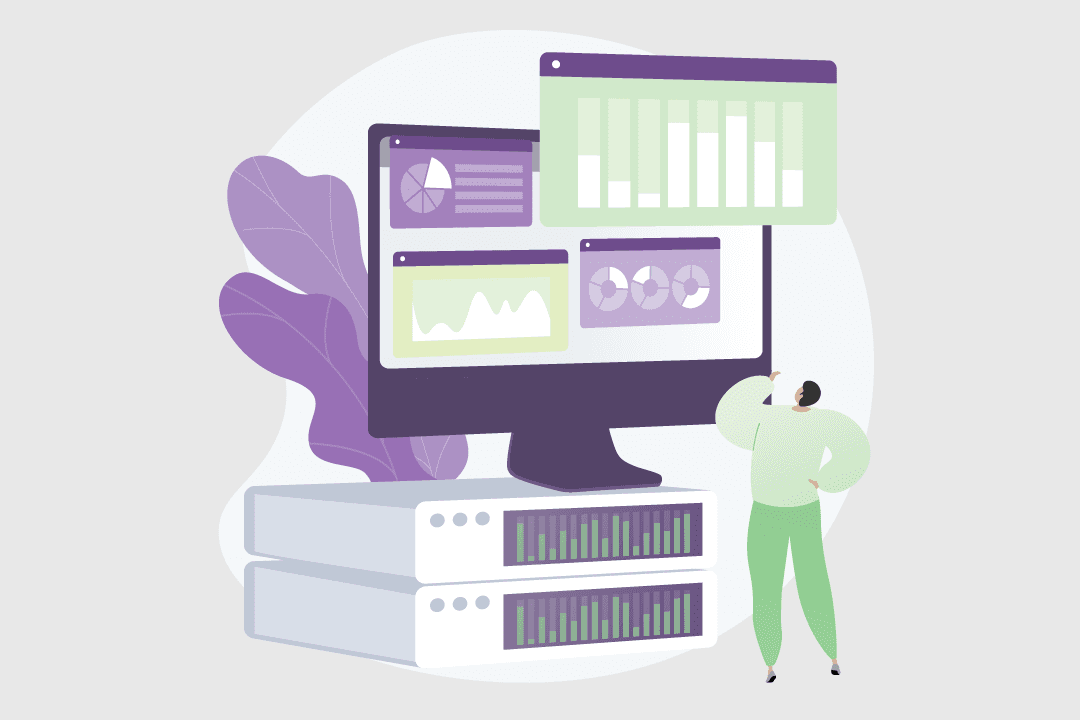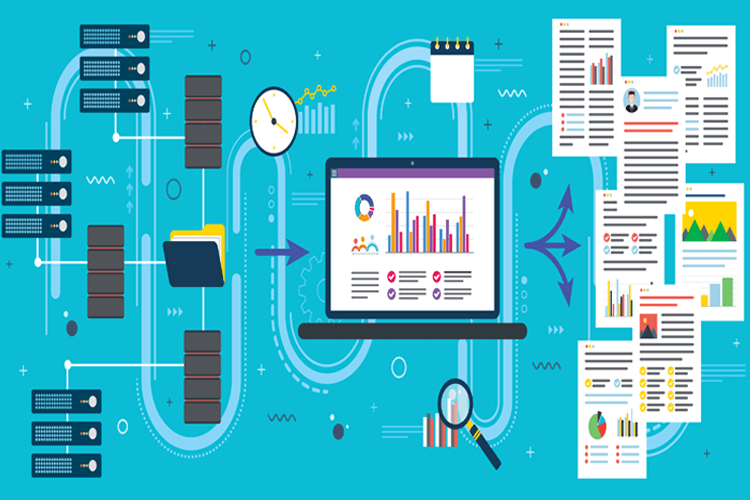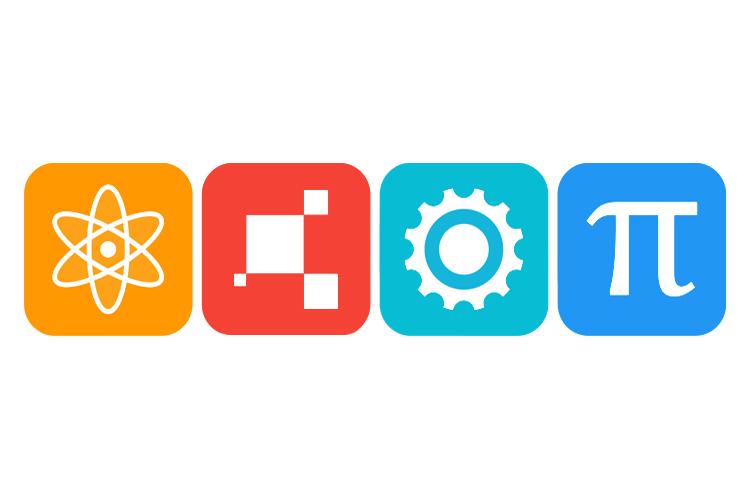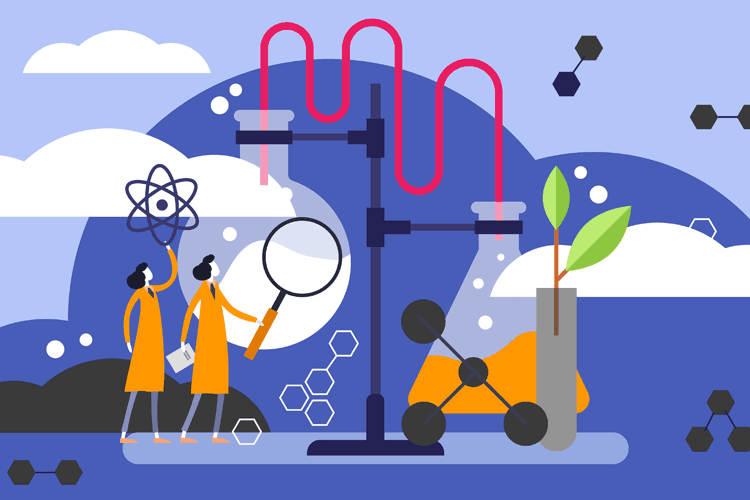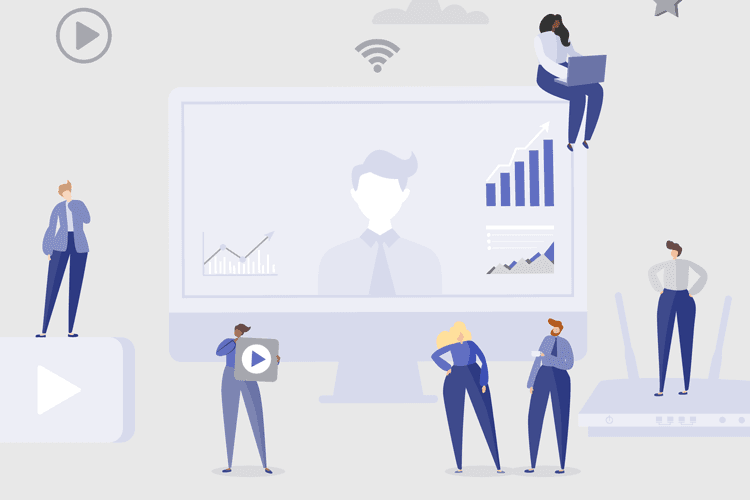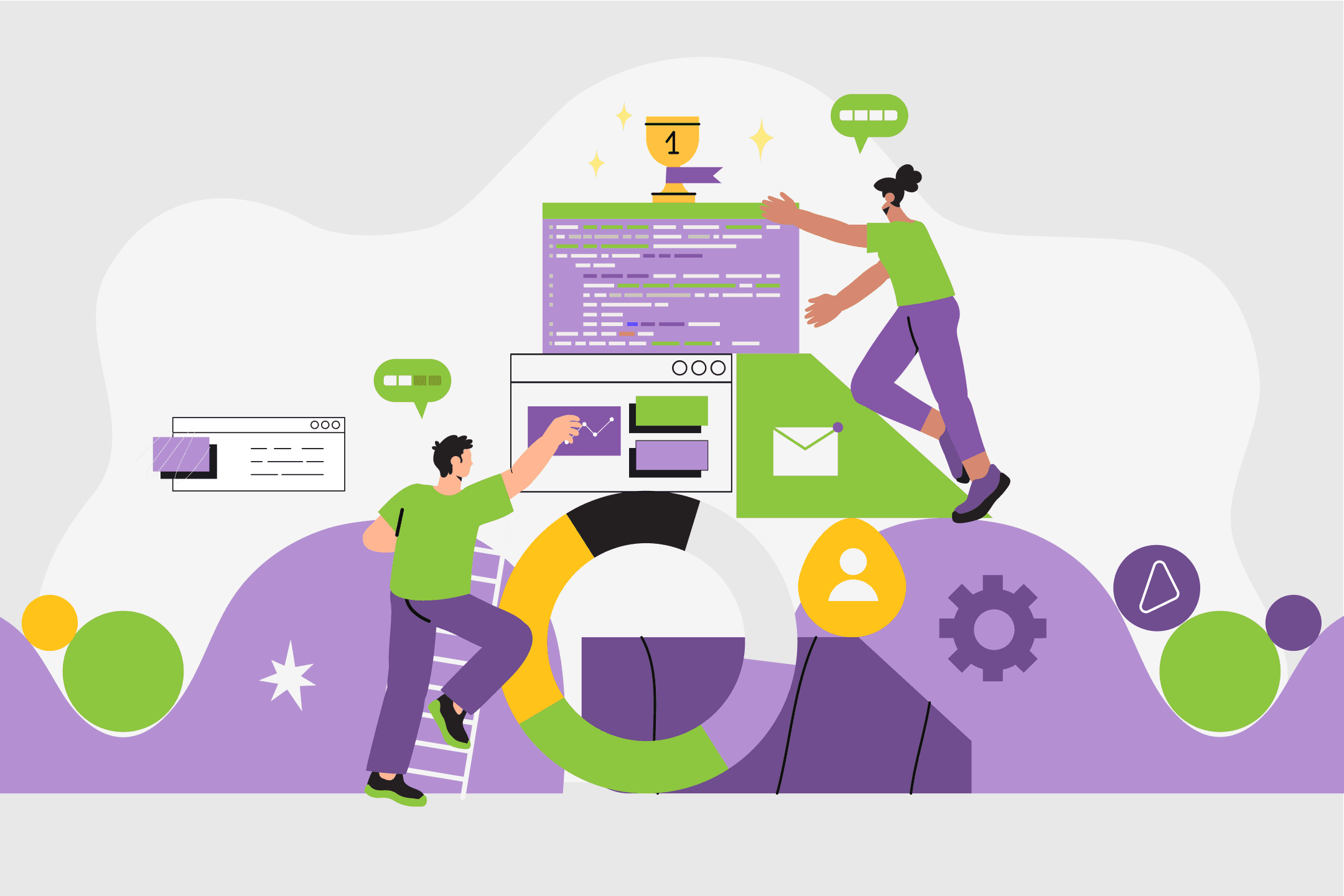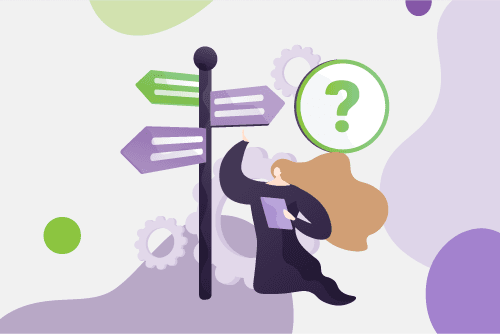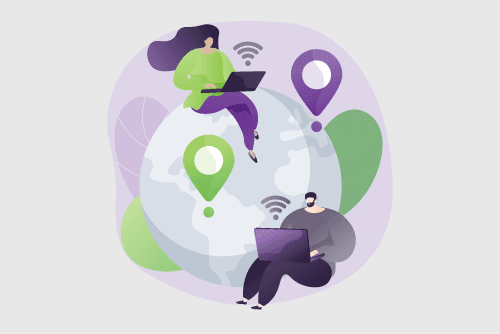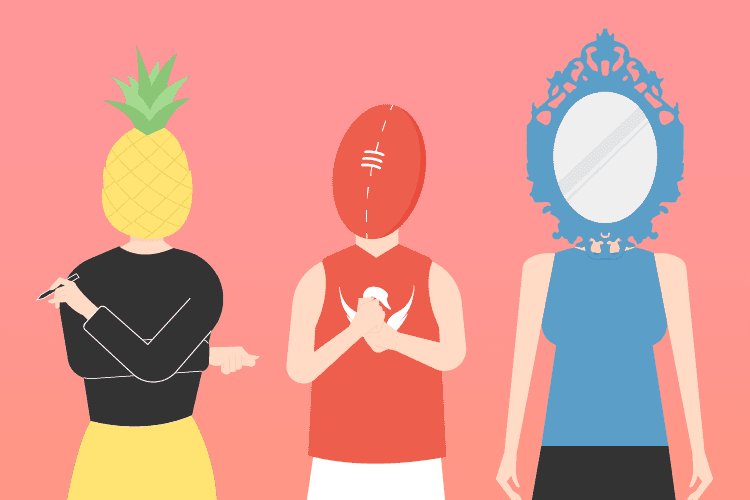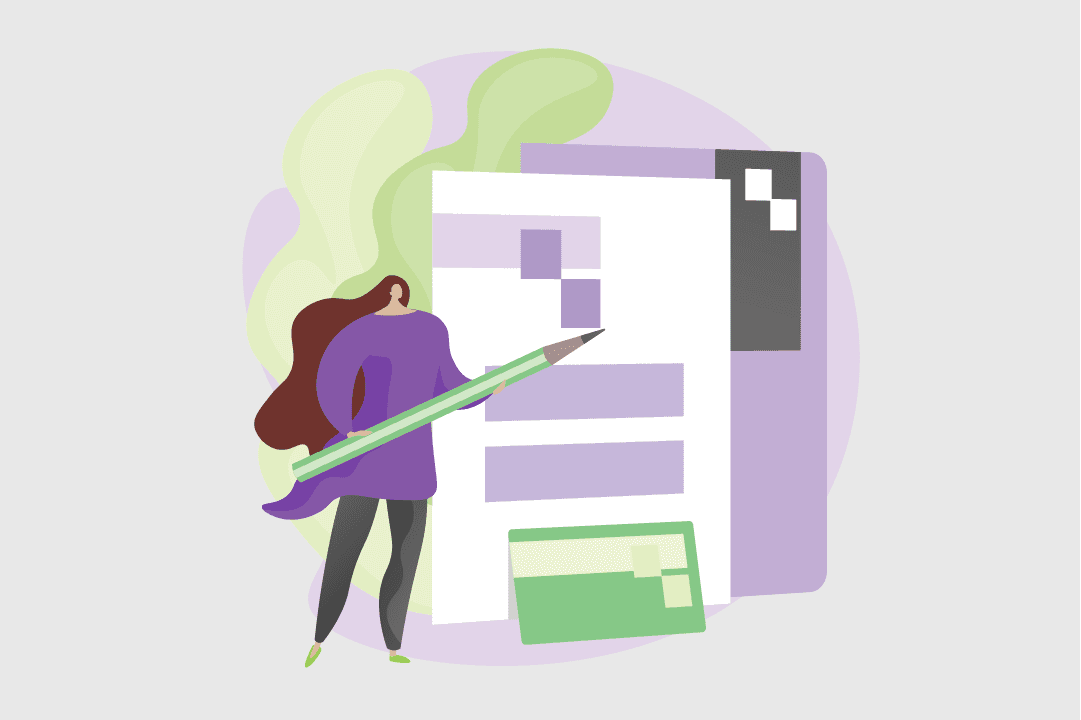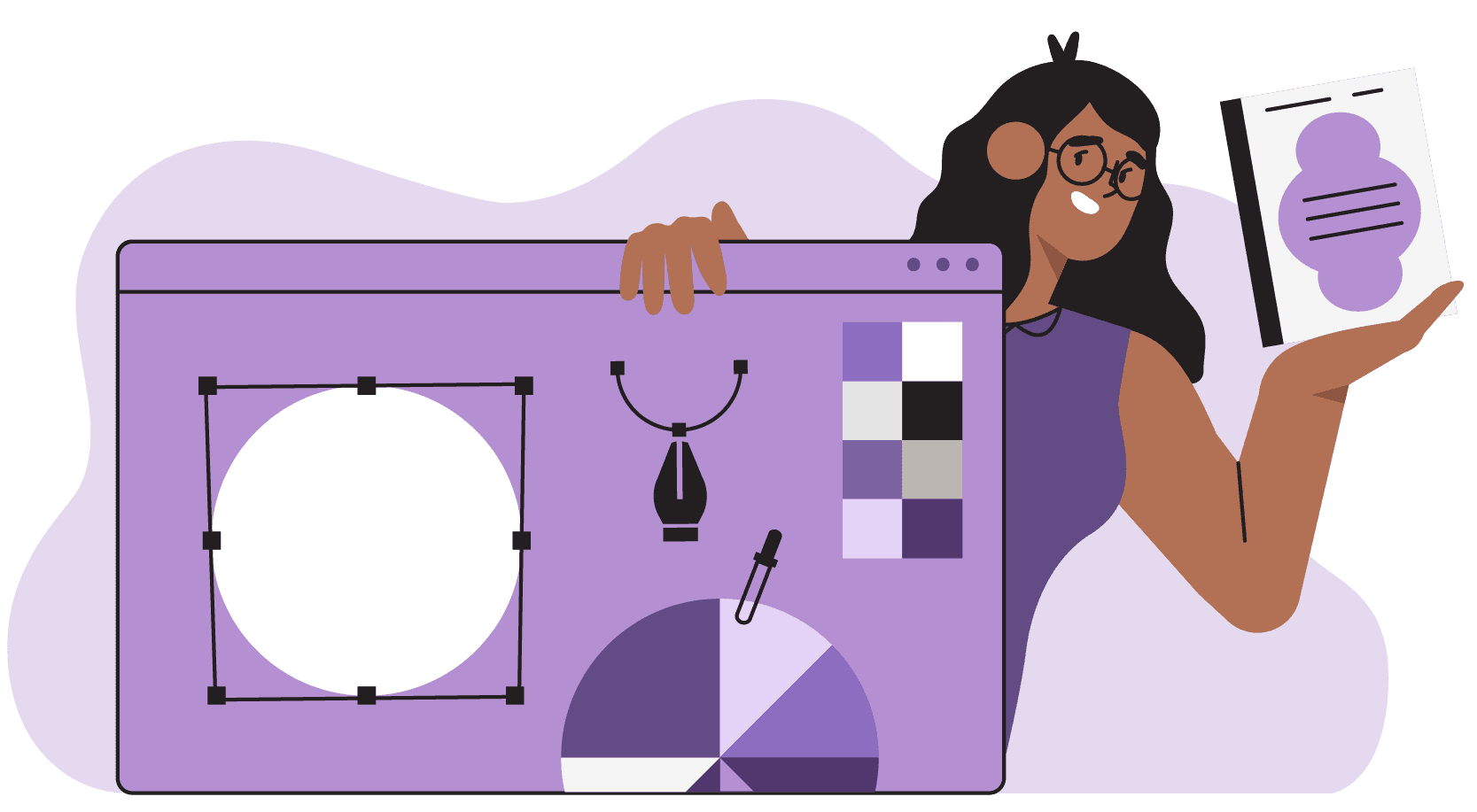Web designer job description
Let’s get real. Job information online can often be overly optimistic — conveniently glossing over the raw bits. But when you’re making decisions about your future, you need all the facts.
That’s why we anonymously surveyed web designers about their job, with hopes of getting an honest insight into what it’s really like.
While we did our best to ensure respondents were Australians and verified their job titles with proof of employment, we can’t guarantee complete accuracy — or that your experiences in the field will reflect theirs. So, we suggest that you take these insights as a guide only and try to talk to people in the field before making an important decision.
Tasks and responsibilities for a web designer
The tasks and responsibilities of web designers include:
- Designing landing pages, menus, and web content
- Integrating CMS (content management systems) in their designs so that clients can update their website with new information and posts
- Optimising existing sites in terms of design and SEO (search engine optimisation)
- Testing websites and find any bugs, errors, missing pages, broken links, or typos
- Getting briefs from clients about their website needs and deciding how to fulfil those briefs
- Showing clients their suggestions through sketches, wireframes, and proposed alternative designs
- Writing website code, including HTML, CSS, and JavaScript
How to become a web designer
-
Study
No formal qualifications are required for a career in web design. But, you do have to pick up technical and soft skills before you can hit the ground running. You can draw on open-source resources, coding bootcamps, advice from forums like Stack Exchange to study web design. You can also learn in more formal settings, taking a course like Certificate IV in Information Technology (Web Development) (ICT40120), Diploma of Information Technology (Back End Web Development) (ICT50220), or studying design or IT at TAFE or through university.
-
Building websites
Get lots of hands-on experience making websites with your design projects. You can make your own or volunteer to make websites for friends or local community groups. This practice allows you to go through the entire design process a few times to gain confidence and expertise and solve problems you might not have imagined.
-
Find a job
You could find a job as an in-house web designer for an organisation or a web designer working more broadly as part of a graphic design or marketing firm. Alternatively, you can become a self-employed freelance web designer and offer your services directly to clients.
Pathway options
As you gain experience as a web designer, you may be able to move into higher-level roles, with potential career paths like:
Mid
-
Frontend web developer
Most common qualification: Diploma of Information Technology (ICT50120)
-
Web developer
Most common qualification: Diploma of Information Technology (ICT50120)
-
User Interface Designer
Most common qualification: User Experience Design Certificate
Senior
-
Full stack developer
Most common qualification: Advanced Diploma of Information Technology (ICT60220)
Explore related qualifications
Certificate IV in Information Technology (Web Development)
Learn the fundamentals of managing website development projects, like designing a website, building wireframes, search engine optimisation, software development, responsive design, web frameworks, APIs, cybersecurity, version control, website accessibility, e-commerce, coding languages and scripting, and developing and maintaining websites and databases. Work on both group and individual assignments to get a sense of what working as a web designer is like. This qualification takes 12 months of full-time study (or part-time equivalent) to complete.
2 providers offer this course
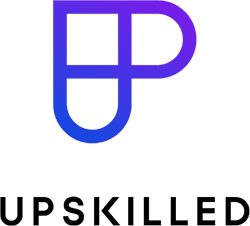

Diploma of Information Technology
Learn the technical side of how websites work over their whole design lifecycle. Get hands-on experience working on live website projects and develop skills in working with clients, project management, designing databases, developing cloud applications, information architecture, working with big data, machine learning, developing web apps, cybersecurity and privacy, and quality assurance. This qualification typically takes 12 months of full-time study (or part-time equivalent).
3 providers offer this course



Related subjects
If you’re interested in technical jobs where you work with the web and deliver useable products, you may also be interested in:
Related articles
Not sure if the tech industry is right for you? Jump into one of our articles to get expert insights, data deep-dives and industry roundups.
Reviews
Reviews are from Australian workers with this job title or a very closely related one.
Is this your job title?
Share your thoughts and help people decide if this job is right for them.
- All
- Positive
- Negative
Luca
Nov 22 2021Creating new designs under a time crunch.
What are the best parts of the job?
When creating a new design you get to be creative and problem-solve.
What's the most challenging part?
We're pushed to innovate but there usually isn't enough time to do so.
Rachel
Nov 03 2021Make your own choices.
What are the best parts of the job?
I have autonomy which is great.
What's the most challenging part?
Meeting deadlines, especially when there are competing projects and stakeholders.
Taj
Nov 03 2021Full of variety.
What are the best parts of the job?
It’s fun and always differs.
What's the most challenging part?
Deadlines and being on time can be tough.




